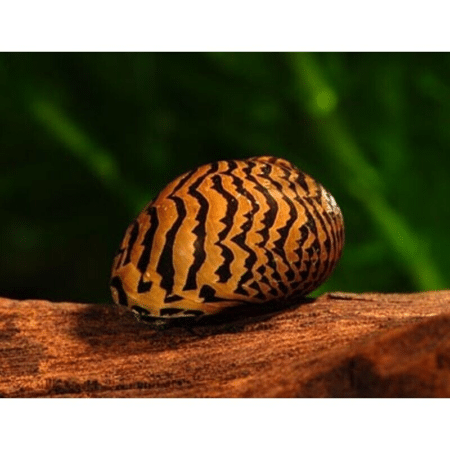-
×
-
×
-
×
Subtotal: £60.00




















Emily Carter (verified owner) –
I recently added the Barred Sorubim (Pseudoplatystoma) to my aquarium, and I couldn’t be happier! After about two months of having him, I’ve seen significant growth and a noticeable increase in his personality. This fish is not only stunning with its beautiful barred pattern, but it also plays a vital role in maintaining the balance in my tank. I love how they are peaceful yet active, gliding gracefully through the water. Compared to other freshwater fish I’ve kept, the Barred Sorubim stands out for its unique characteristics and adaptability to various tank conditions. However, one thing to note is that they do require ample space, as they can grow quite large — mine is already about 8 inches! I’d recommend this fish to any experienced hobbyist looking to enrich their aquarium with a lively, captivating species. Make sure to have a well-structured environment for them to thrive. Overall, a fantastic purchase, and I’m excited to see how he continues to develop!
Emily Carter (verified owner) –
I’ve been an aquarium hobbyist for over five years, and adding the Barred Sorubim to my tank has truly been an enriching experience! I purchased mine about two months ago, and I can confidently say this fish is one of the most elegant freshwater species I’ve had the pleasure of keeping. The way it glides through the water is simply mesmerizing.
One of the best features of the Barred Sorubim is its adaptability; it has settled beautifully into my 120-gallon community tank without any issues. I’ve noticed improved overall activity levels among my other tropical fish since introducing this captivating predator. While it is a predatory fish, I’ve been careful to keep it with similarly sized tank mates to avoid any stress.
Compared to other catfish I’ve kept, the Barred Sorubim is much more engaging and has a lovely personality. They do require a well-maintained environment, so I recommend keeping up with water changes and filtration.
Overall, I highly recommend the Barred Sorubim for those who can provide the right conditions. Just make sure you have enough space! It’s definitely a fish that will capture your heart and elevate your aquarium game.